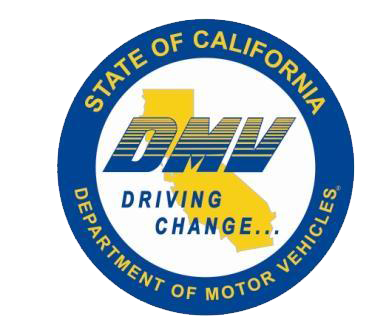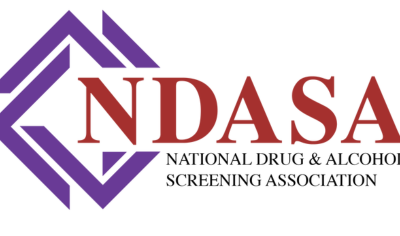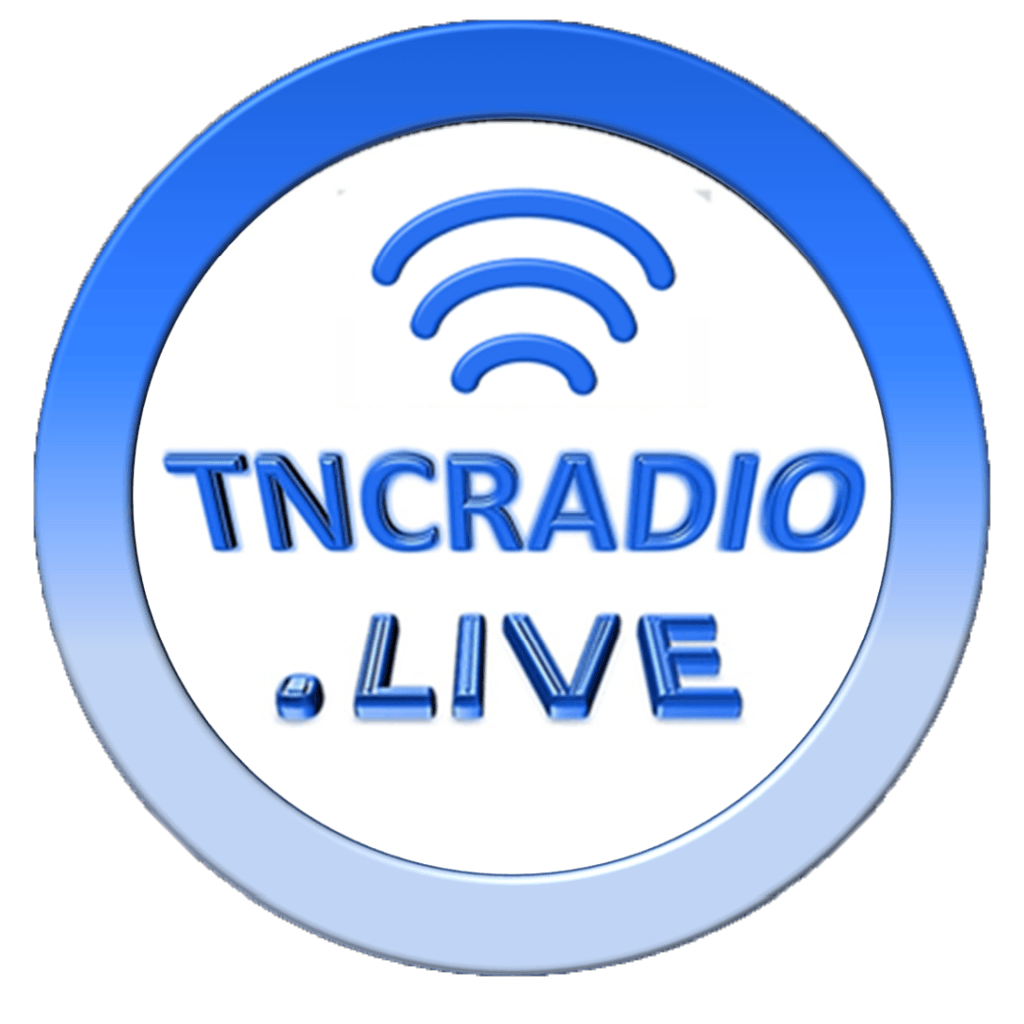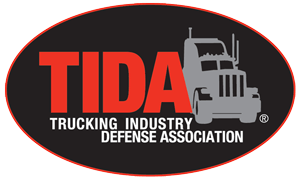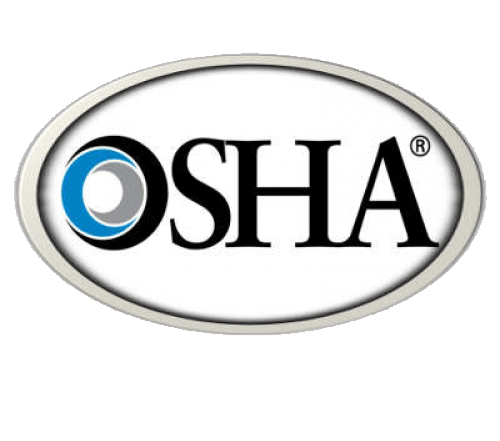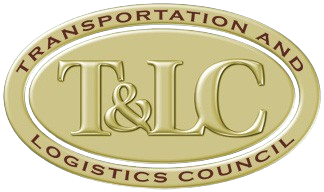DOT Rule Allows Oral-Fluid Specimen Testing for Drugs
It’s been a long time in the works, but the U.S. Department of Transportation has published a final rule that amends the federal regulated industry drug-testing program to include oral fluid specimen testing as an alternative to urinalysis.
This adjustment aims to alleviate privacy concerns over the collection of urine samples in terms of constitutional protections against invasive searches and seizures.
“This additional methodology for drug testing will give employers a choice that will help combat employee cheating on urine drug tests and provide a less intrusive means of achieving the safety goals of the program,” DOT stated in its notice, to be published in the Federal Register for May 2, 2023.
Another Delay from HHS
While the final rule is effective 30 days from date of publication, DOT clarified that before an employer may implement oral fluid testing, the Department of Health and Human Services (DHHS) will need to certify at least two laboratories to handle the testing.
There must be one HHS-certified laboratory to conduct the screening and confirmation drug testing on the primary specimen. And there must be a different HHS-certified laboratory to conduct split specimen drug testing on the secondary specimen, if the employee requests split specimen testing for a non-negative result. As of now, DOT stated that “HHS has not yet certified any laboratories to conduct oral fluid testing.”
According to DOT, the oral fluid testing rule also:
- Harmonizes with pertinent section of the HHS oral fluid Mandatory Guidelines
- Clarifies certain Part 40 provisions that cover urine drug testing procedures
- Adds eight new definitions, clarifying language to definitions and web links
- Updates provisions to address issues that have risen in recent years
- Removes provisions that are no longer necessary
The rule enables employers to use oral fluid testing instead of urine testing — it does not require that they do so. Instead, the aim is to afford employers flexibility in the type of specimen they collect.
As DOT sees it, that flexibility will provide key benefits. For example, when an employer determines that a DOT post-accident or a reasonable cause/ suspicion test is needed, oral fluid collection could be done at the scene of the accident or incident. The collection could be done by any oral fluid collector qualified under Part 40 — either an external contractor or a DOT-regulated company employee. Also, there are fewer requirements for oral fluid collection sites.
Nor is the agency proposing to eliminate urine testing. There are different windows of detection that employers should consider when deciding whether to use a urine test or an oral fluid test as the preferred form of testing for any specific test reason, including the window of detection.
Probably the largest difference in the testing window is for marijuana. The oral fluid testing window for cannabis is only up to about 24 hours; for urine testing, it’s anywhere from 3 to 67 days.
Detecting Recent Drug Use vs. Identifying a Pattern
If an employer is looking to detect recent drug use, (i.e., reasonable cause/suspicion, post-accident), the more immediate window of detection associated with oral fluid specimens may be acceptable for the company. However, if an employer is looking to detect a pattern of intermittent drug use through pre-employment, random, return-to-duty, and follow-up testing, the delayed windows of detection afforded by urine samples may be preferred.
The advantage of oral fluid collection, according to DOT, is that it can be directly observed, as opposed to most urine collections, which are unobserved.
“We recognize directly observed urine specimen collections have long been the most effective method for preventing individuals from cheating on their drug tests by substituting or adulterating their specimens, but directly observed urine collection may only be done in certain circumstances due to employee privacy concerns,” DOT stated in the final rule.
“All oral fluid collections are directly observed because they are always collected in front of the collector,” the department added. “Unlike a directly observed urine collection, an oral fluid collection is much less intrusive on the tested employee’s privacy. Therefore, adding oral fluid testing as an option is consistent with the careful balancing of an individual’s right to privacy with the Department’s strong interest in preserving transportation safety by deterring illicit drug use.”
Alternative Drug-Testing Methods: Long Time Coming
DOT and HHS have been investigating alternative drug-testing methods for years. In 2004, HHS asked for comments on directly observed alternative testing methods: oral fluid, hair, and sweat testing.
In the final rule, DOT observes that HHS found “problems with all three of the proposed alternative matrices but asked for additional scientific information and sought information on appropriate levels for proficiency testing for these alternatives.”
According to DOT, while the science supporting oral fluid testing “did not meet the standards of HHS in 2004, science and research studies have now reached the point where HHS has been able to determine that oral fluid testing is an appropriate alternate testing method for identifying illicit drug use in the Federal workplace.”
Hair Testing for Drugs Remains Out There
Hair-testing, however, remains out of legal reach. A 2020 HHS proposal to establish standards for the use of hair testing for drugs was roundly criticized by hair-testing advocates within the trucking industry because it would have required another sample, such as urine or oral, as a backup.
A trucking group advocating steadily for hair-testing is The Alliance for Driver Safety & Security.
“The oral-fluid drug test is effective if an employer suspects a driver is currently drug- or alcohol-impaired,” Lane Kidd, managing director of The Alliance. “But oral fluid testing is not effective at detecting illicit drug use in a pre-employment or random testing situation.”
Kidd said that’s because “an oral fluid test will only identify drug use if a person has taken the drug within the previous 5 to 48 hours. That’s a shorter window than the DOT urinalysis.”
On the other hand, he said, “Oral fluid testing could be effective, however, if law enforcement utilizes the test at the scene of a large truck crash. That’s because about two-thirds of all truck drivers involved in a fatal truck crash never take a post-accident drug test. An oral fluid test could be easily administered at the crash scene.”
The Alliance still holds that “a hair drug test is far and away the best way to find out if a truck driver has a regular illicit drug habit. Our data show that 9 out of 10 illicit drug users actually pass their DOT urinalysis."
The American Trucking Associations applauded finalizing of the rule as it will “allow motor carrier employers the option of utilizing oral fluid testing based on policies established by that carrier,” said Dan Horvath, ATA vice president of safety policy. “ATA has long advocated for its use, and is pleased DOT agrees that it is a viable option for motor carriers for all testing scenarios. The convenience of oral fluid collections also has the potential to save drivers several hours of on-duty time when they must complete random drug tests.”
On the other hand, Horvath stressed that “unfortunately, the date for when motor carriers can actually utilize oral fluid testing is still uncertain. The Department of Health and Human Services must first certify at least two laboratories for oral fluid testing before it can be utilized. And as of today, none are certified.”
Content Disclaimer: Due to the constantly changing nature of government regulations, it is impossible to guarantee the total and absolute accuracy of the material contained herein or presented. NorthAmerican Transportation Association (NTA) cannot and does not assume any responsibility for omissions, errors, misprinting or ambiguity contained. NTA shall not be held liable in any degree for any loss, damage or injury caused by any such omission, error, misprinting or ambiguity present. It is made available with the understanding that NTA is not engaged in rendering legal, accounting or other professional service. If legal advice or other expert service is required, the services of such a professional should be sought.



